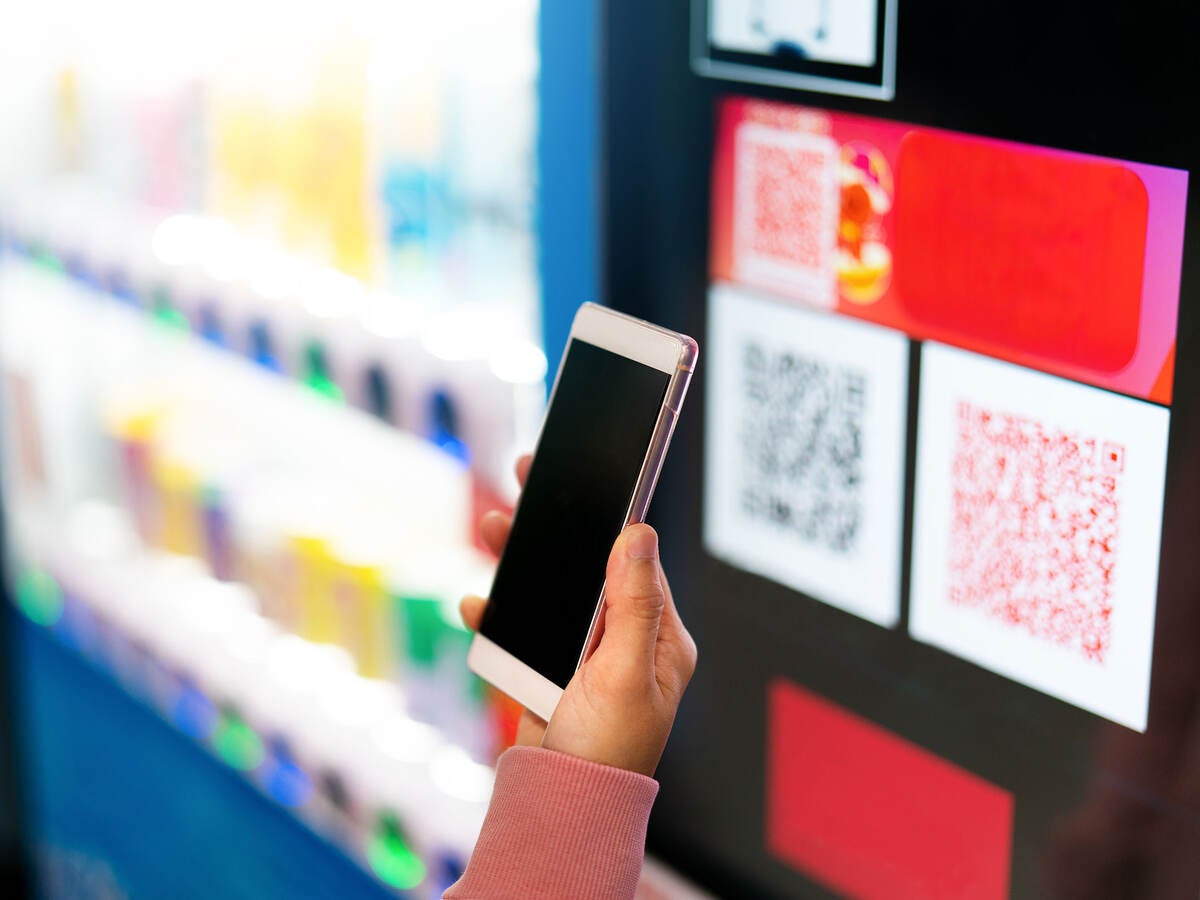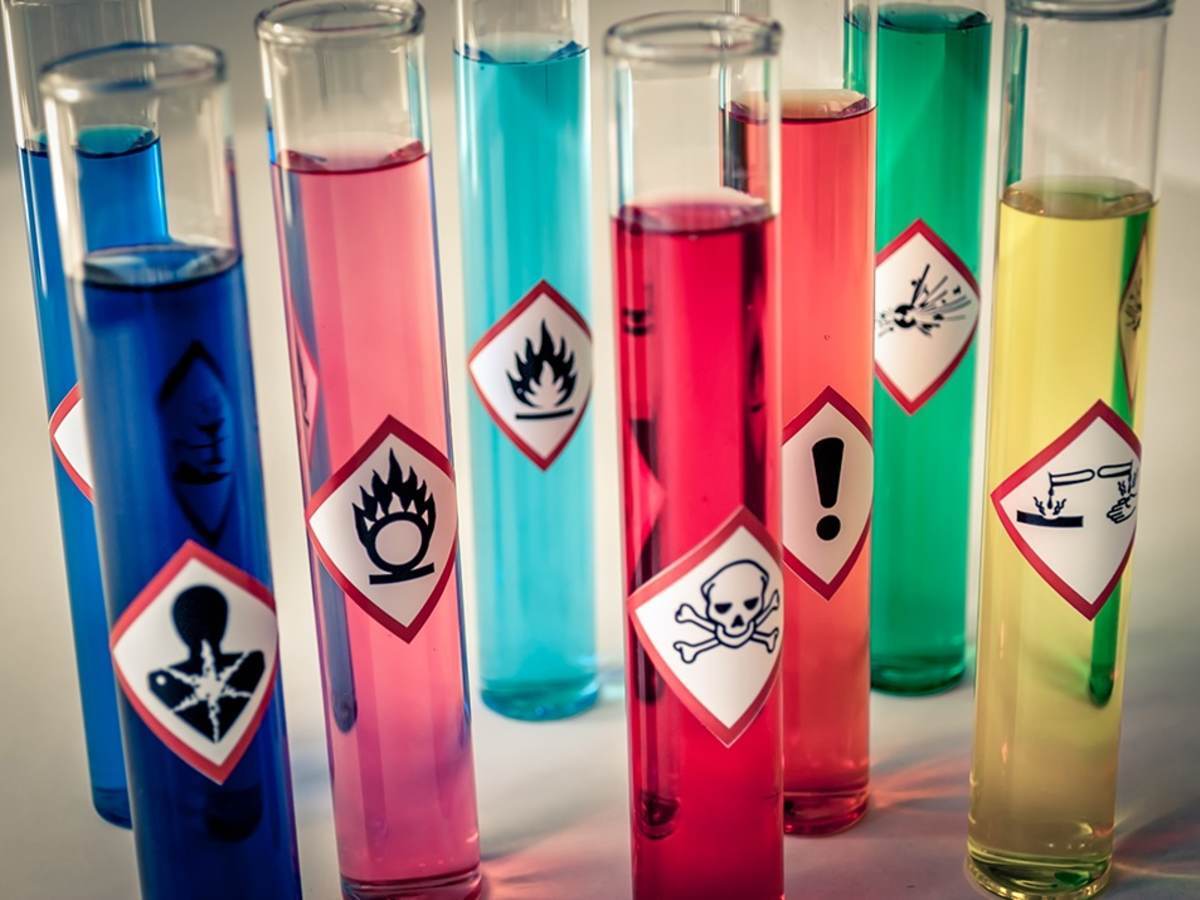January 29, 2024
By Lily Hou, PhD, CHMM
On December 25, 2023, China released a new Association Standard: T/CCSAS 047-2023 (Technical Specification for Coding and Labeling of Hazardous Chemicals). This standard stipulates the coding principles, data storage and application requirements for Quick Response (QR) codes used for hazardous chemicals. It is applicable to the coding and labeling of hazardous chemicals during their production, storage, transportation, operation and use.
An association standard is represented by Code T, followed by the code of the social association that formulated the standard. CCSAS represents the China Chemical Safety Association. There are five levels of standards in China in the order of: National Standard, Industrial Standard, Local Standard, Association Standard, and Enterprise Standard. While the first three levels are developed by government, Association Standards are voluntary standards developed by market.
Since China’s Ministry of Emergency Management (MEM) launched the pilot of the "one enterprise, one product, one code" application in Guangdong province in 2021, many local governments at the provincial and city level in China have mandated the QR code on labels of hazardous chemicals. However, there is no National Standard available for providing technical specifications for the code, CCSAC developed this Association Standard in order to clarify the coding rules for the hazardous chemical information code.
According to the Standard, information accessible through the QR code should consist of two parts: the fixed information and the extended information. The fixed information includes the registration website and the hazardous chemical registration number. The extended information can be customized by enterprises, including coding prefix, packaging code, production or import date code, sequence code, etc.
A hazardous chemical information code should meet three coding rules:
- The code should be unique. The same hazardous chemical registered by different enterprises must have different QR codes.
- The code should have sufficient capacity to accommodate changing regulatory demands and actual needs of enterprises.
- The code should be compatible with the enterprise’s other information codes, for example, the code for electronic waybills. The additional information can be integrated into the QR code through coding fusion technology.
T/CCSAS 047-2023 was published by CCSAC and drafted by several of its members including the National Registration Center of Chemicals. The Standard became effective on December 25, 2023.
References
Regulatory Roundup Newsletter
Never miss an update
UL Solutions, the global safety science leader, can keep you updated on the latest events with a variety of materials, ranging from the latest regulatory news, webinars, white papers, events, industry insights and more.
Subscribe to our monthly Regulatory Roundup Newsletter and stay up to date on current and upcoming regulations and all the latest chemical industry news.
Safety Data Sheet (SDS) Authoring and Labeling Services
Create, maintain and distribute comprehensive SDSs and labels to meet your increasingly complex global compliance requirements.
Chemical Regulatory Compliance
Manage your chemical compliance needs with the help of global regulatory expertise and leading resources.
Chemical Compliance Training
We provide a series of chemical regulatory training programs designed to help understand the diverse set of requirements and how to confront them.
Get connected with our sales team
Thanks for your interest in UL's products and services. Let's collect some information so we can connect you with the right person.





